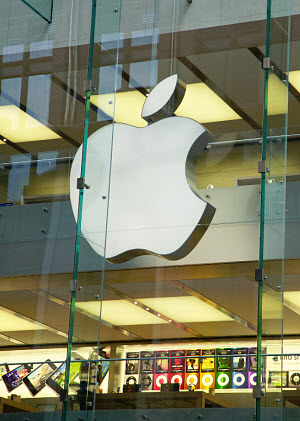While AR technology has been developed to help to promote road safety, it could be causing the opposite result.
According to the results of preliminary studies on the use of augmented reality head up displays (HUDs) that show images on windshields that are meant to help to make driving safer and easier for motorists, the use of this technology could actually be making driving less safe.
The problem with AR technology while driving primarily involves distraction due to divided attention.
According to Ian Spence, a professor of psychology at the University of Toronto, “Drivers need to divide their attention to deal with this added visual information.” He also pointed out that “Not only will drivers have to concentrate on what’s happening on the road around them as they’ve always done, they’ll also have to attend to whatever warning pops up on the windshield in front of them.”
The professor ran the augmented reality display tests with two of his students to better understand the visual data.
 Spence worked with Sijing Wu and Yuechuan Sun, two of his students, in designing tests that would be able to measure the impact of displaying the additional information as an overlay on the reality seen by a driver. At first, the participants in the research were asked to complete a series of computer based trials. Within those trials, they reported several randomly arranged numbers (which ranged from one through nine) that were displayed on the screen. They needed to identify them as rapidly and accurately as possible once they were prompted to do so.
Spence worked with Sijing Wu and Yuechuan Sun, two of his students, in designing tests that would be able to measure the impact of displaying the additional information as an overlay on the reality seen by a driver. At first, the participants in the research were asked to complete a series of computer based trials. Within those trials, they reported several randomly arranged numbers (which ranged from one through nine) that were displayed on the screen. They needed to identify them as rapidly and accurately as possible once they were prompted to do so.
In some of the trials, they were also presented with a black-outlined square in order to provide a secondary form of stimulus. Those that received that additional stimulus were asked to report whether or not they had seen it. The numbered spots and the shape were displayed at the same time, and the shape appeared in only some trials in an unpredictable pattern among the participants.
When the squares were absent, the accuracy was quite high, which indicated that there wasn’t a lot of attention required in order to identify whether or not the square had appeared. However, when the square appeared along with the numbered spots, the average rate of missing it was one in 15. The higher the number of spots, the greater the average rate of missing the square. This indicated that if the user’s attention is occupied by additional information such as that displayed in augmented reality, it will also be increasingly distracted from the primary task, such as driving.

 The AR technology software from Metaio is typically implemented in automotive, industrial, and retail markets. It gives sellers the opportunity to create virtual user manuals or even showrooms for their products. This makes it easier for consumers to be able to imagine a product in a real situation, or to be able to visualize the instructions for complex equipment maintenance or repair purposes.
The AR technology software from Metaio is typically implemented in automotive, industrial, and retail markets. It gives sellers the opportunity to create virtual user manuals or even showrooms for their products. This makes it easier for consumers to be able to imagine a product in a real situation, or to be able to visualize the instructions for complex equipment maintenance or repair purposes.